Tailless Aircraft: How Airplanes Fly Without a Tail
Pilot Institute
JUNE 4, 2025
A tailless aircraft is a fixed-wing airplane without a horizontal stabilizing surface. With this type of aircraft, the functions of longitudinal stability and control are incorporated into the main wing. A tailless aircraft may still have a fuselage and a vertical tail (fin and rudder). How does the tail do this? Lets find out.


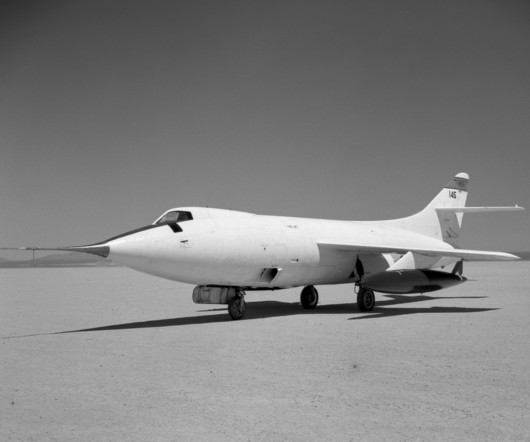






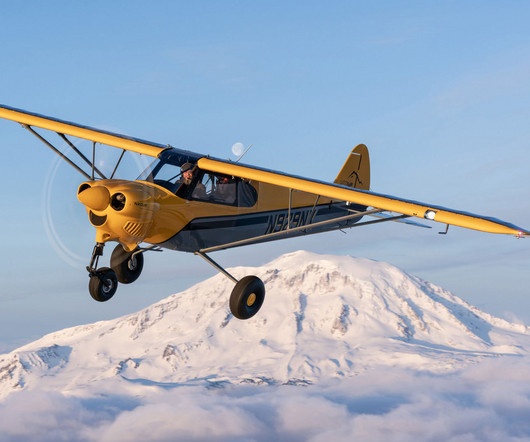

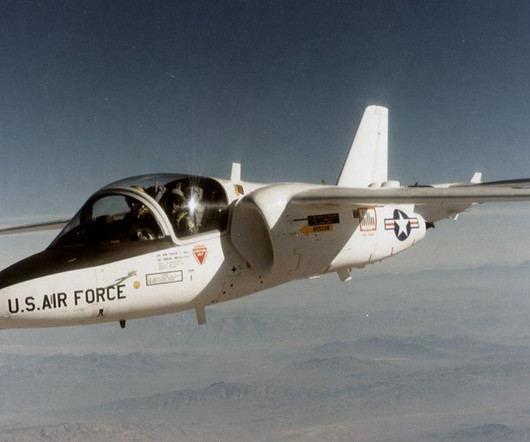
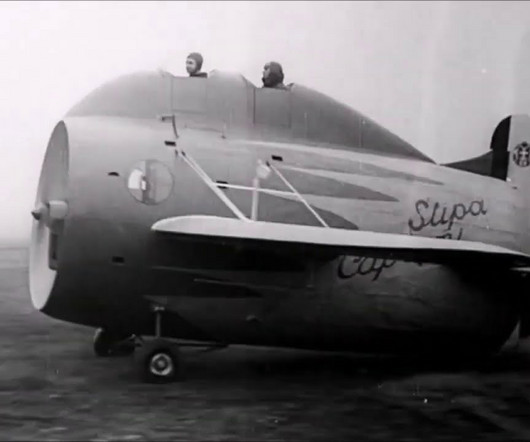









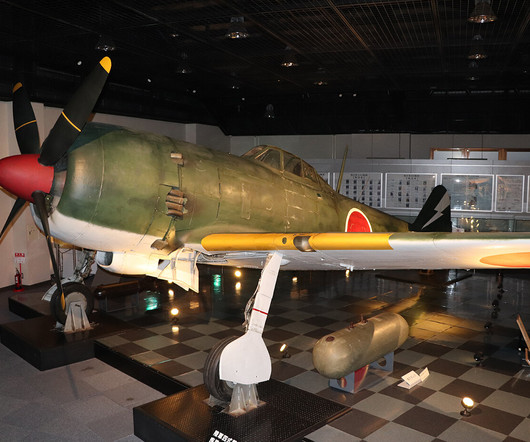








Let's personalize your content